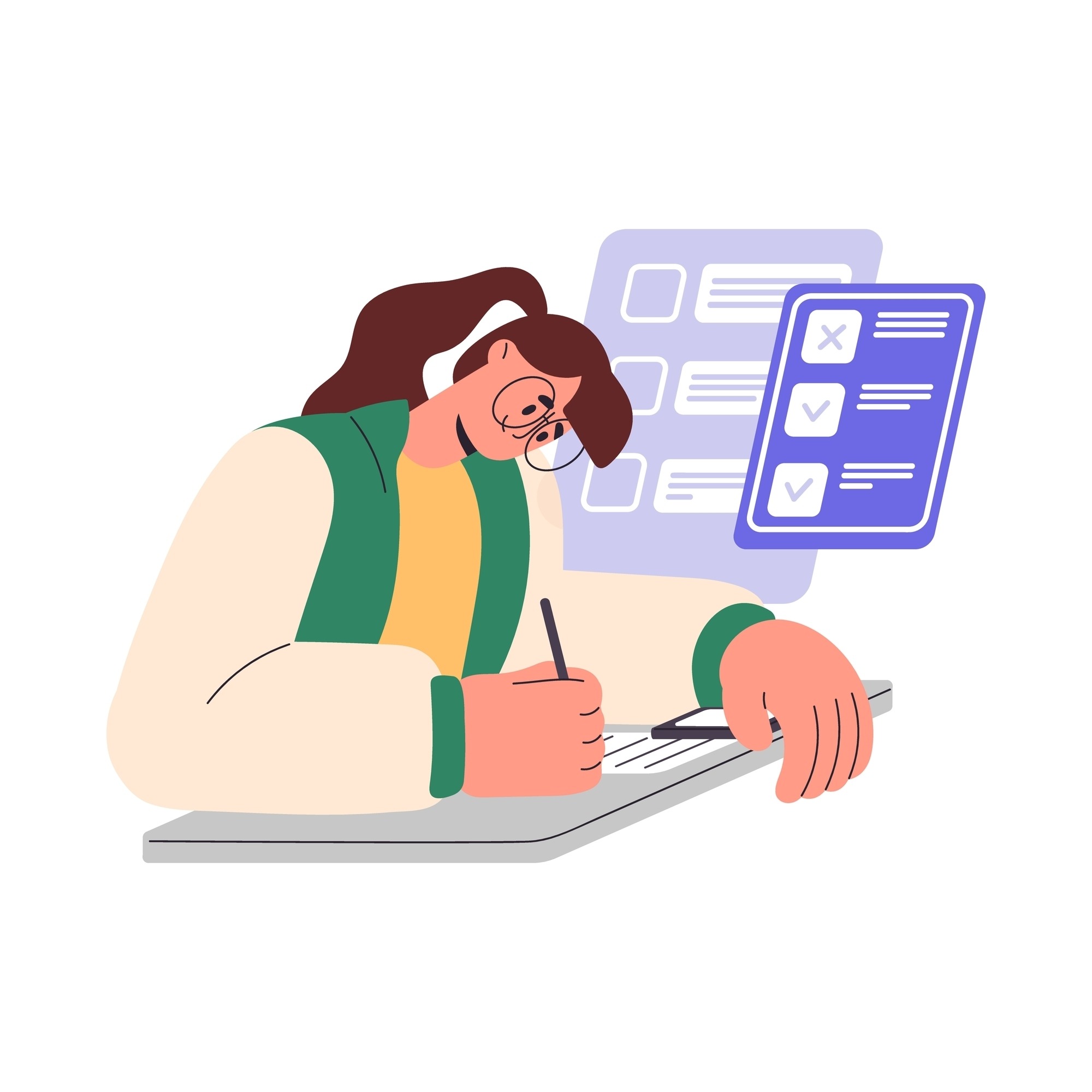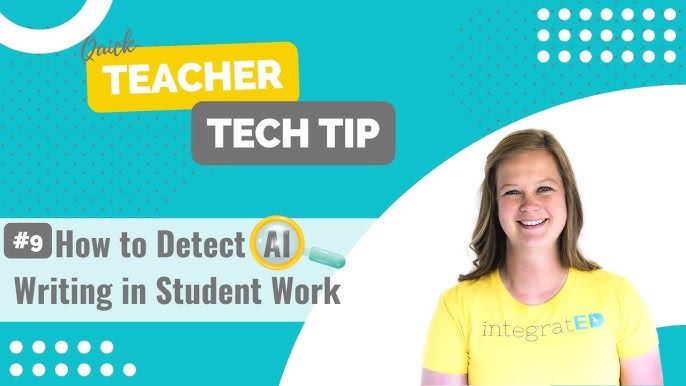Yes, teachers can detect AI writing. They use various tools and methods.
This helps them maintain academic integrity. The rise of AI writing tools has changed how students complete assignments. While these tools can aid learning, they also pose challenges. Teachers now need to identify if work is genuinely student-made or AI-generated.
This task is crucial for maintaining fairness and ensuring students learn properly. In this blog, we will explore the techniques teachers use to spot AI-written content. We’ll also discuss how students can avoid pitfalls and ensure their work remains authentic. Let’s dive into the world of AI and education, and see how both can coexist.
Introduction To Ai Writing
AI writing tools are becoming popular in schools. These tools help students write essays and reports. AI can create text that looks real. It saves time and effort for students.
AI writing tools can check grammar and spelling. They can also suggest better words. These tools can even write full paragraphs. They aim to make writing easier for students. AI can also learn from past writings. This makes the text more natural.

Credit: goldpenguin.org
Current Ai Writing Tools
AI writing tools are becoming more advanced. Teachers face challenges in detecting AI-generated content. These tools can create human-like text, making it hard to distinguish.
Popular Ai Writing Software
Many students use AI writing tools. Grammarly and Quillbot are popular. Jasper AI and Writesonic are also well-known. Each tool has its own features. Some help with grammar. Others help with creativity. All aim to improve writing.
How Ai Writing Tools Work
AI tools use algorithms to generate text. They study large amounts of data. Then, they predict the next words. This makes the text flow naturally. AI tools learn from corrections. They get smarter over time.
Challenges In Detecting Ai Writing
Humans and AI write differently. Humans show unique personality in their writing. AI often sounds too perfect. AI writing is usually more structured. It lacks the small errors humans make.
Detecting AI writing can be hard. AI can mimic human styles well. Still, AI may miss subtle nuances. Humans use slang and contractions. AI writing is more formal. AI may repeat phrases often. These patterns can help teachers spot AI work.
Technological Solutions
AI detection software helps teachers spot AI-written texts. These tools analyze patterns in the writing. They compare it with known AI writing styles. The software can identify unusual sentence structures. This helps teachers see if a student used AI.
Efficiency and accuracy of algorithms are key. Efficient algorithms process large texts quickly. Accurate algorithms detect AI writing with high precision. They reduce false positives. This means fewer mistakes in identifying human-written texts as AI.
Teachers’ Perspectives
Teachers often worry about AI writing. They feel it could cheat the system. AI writing might mimic student work too well. This could make it hard to spot. Some teachers fear losing their jobs. They think AI could replace them. Many teachers want new tools. Tools to help them detect AI work.
Some teachers have caught students using AI. They noticed unusual patterns in the writing. Sentences seemed too perfect. The style did not match the student’s usual work. Other teachers use software to find AI writing. This software checks for plagiarism. It also looks for AI-generated text. Some schools now train teachers. They learn how to spot AI writing. These teachers share their stories with others.

Credit: plagiarismcheck.org
Ethical Considerations
Teachers face ethical challenges in detecting AI writing. Balancing fairness and academic integrity is crucial. Ensuring students’ work is genuine promotes honest learning.
Academic Integrity
Teachers value academic integrity in their students’ work. It’s important for students to be honest. Using AI to write essays can be seen as cheating. This can hurt trust between teachers and students. Students may face penalties if caught. This can affect their grades and future opportunities.
Implications For Student Learning
Students learn better when they write their own essays. Writing helps them think deeply. AI writing can stop this learning. Students may not improve their skills. Teachers want students to develop their own voice. Using AI can hinder this growth. Personal effort in writing is key for success.
Future Of Ai In Education
AI tools are getting smarter. They can write essays, solve math problems, and even chat with students. These tools can help teachers. They save time and offer extra support. AI can also spot patterns in student work. This helps teachers understand learning needs better.
AI can make learning fun and easy. It offers quick answers and feedback. But, there are risks too. Students might cheat using AI. They may not learn as well. Teachers need to be careful. They should guide students on proper use of AI tools. Balancing benefits and risks is key.
Conclusion And Recommendations
Teachers often struggle to detect AI writing. Training and awareness can help them spot AI-generated content. Enhanced tools and collaboration are key recommendations.
Summary Of Findings
Teachers face a challenge with AI writing detection. AI tools are improving fast. These tools can create human-like text. Teachers need to be aware of this. AI writing can be tricky to spot. It often lacks personal touch. Patterns in AI writing can be noticeable. AI writing may be too perfect. It might have no spelling errors. Human writing often has small mistakes. Teachers must look for these signs.
Advice For Educators
Educators should use tools to check for AI writing. Plagiarism checkers can help. They can detect copied text. Discussing AI with students is important. Explain the value of original work. Encourage students to write from their own thoughts. Provide clear guidelines for writing assignments. Make sure students understand them. Assign unique and personalized tasks. This can reduce chances of AI use. Regularly update teaching methods. Stay informed about new AI tools. This helps in better detection.

Credit: www.edweek.org
Frequently Asked Questions
How Do Teachers Detect Ai Writing?
Teachers detect AI writing by looking for unnatural language patterns. They also use AI detection tools.
Can Ai-written Content Be Identified Easily?
AI-written content can be identified, but it’s challenging. Advanced AI tools make detection harder.
What Tools Help Teachers Find Ai Writing?
Teachers use plagiarism detection software and AI detection tools. These tools highlight suspicious text.
Are There Tell-tale Signs Of Ai Writing?
Yes, AI writing often has repetitive phrases. It may also lack personal anecdotes.
Conclusion
Teachers face challenges in detecting AI writing. Technology keeps evolving quickly. Teachers must stay updated. Educating students about ethical writing is key. Encouraging original work builds trust. Tools can help, but vigilance is crucial. Awareness and adaptation are essential. Teachers and students can work together.
Maintaining integrity is everyone’s responsibility.

